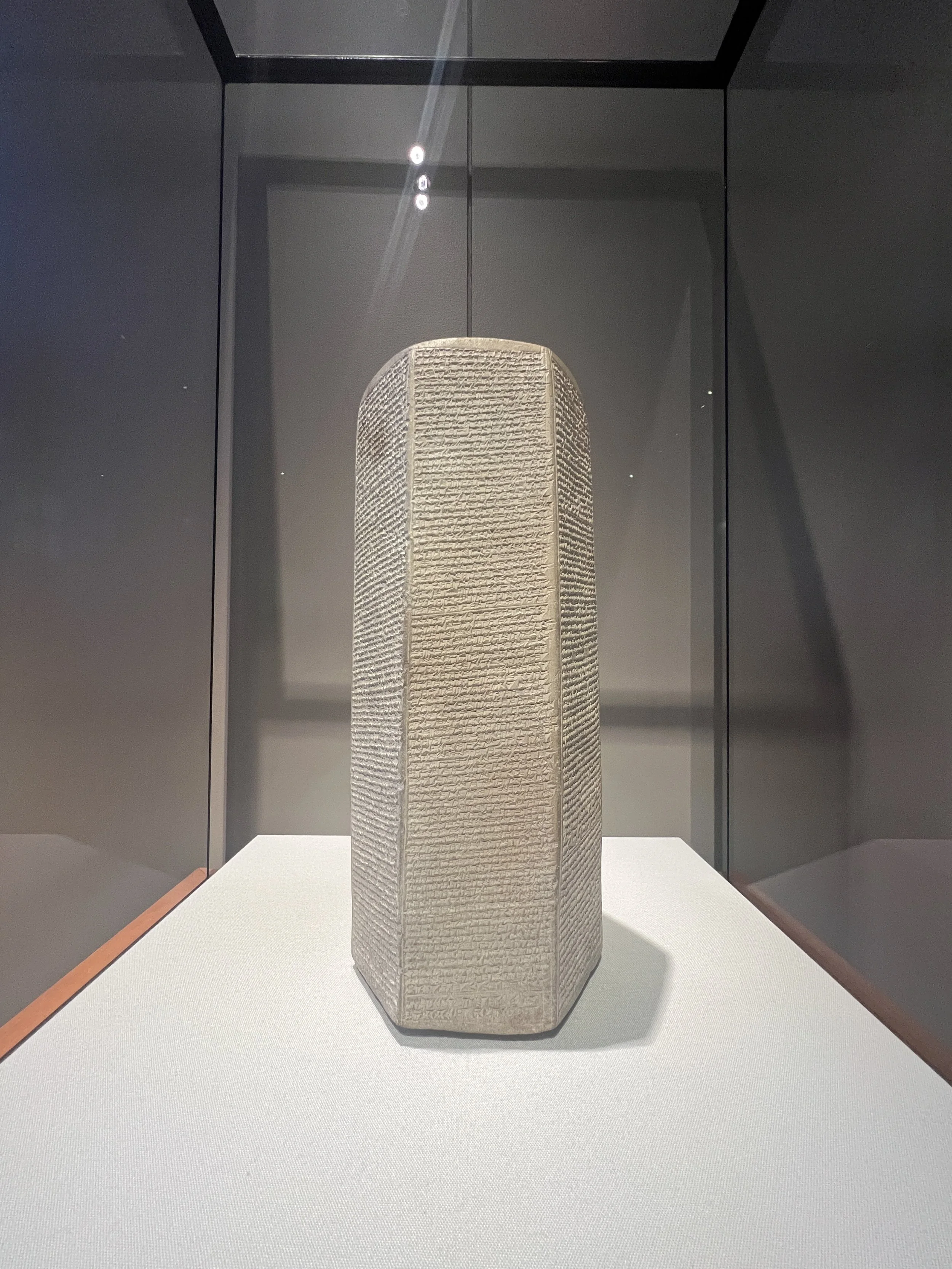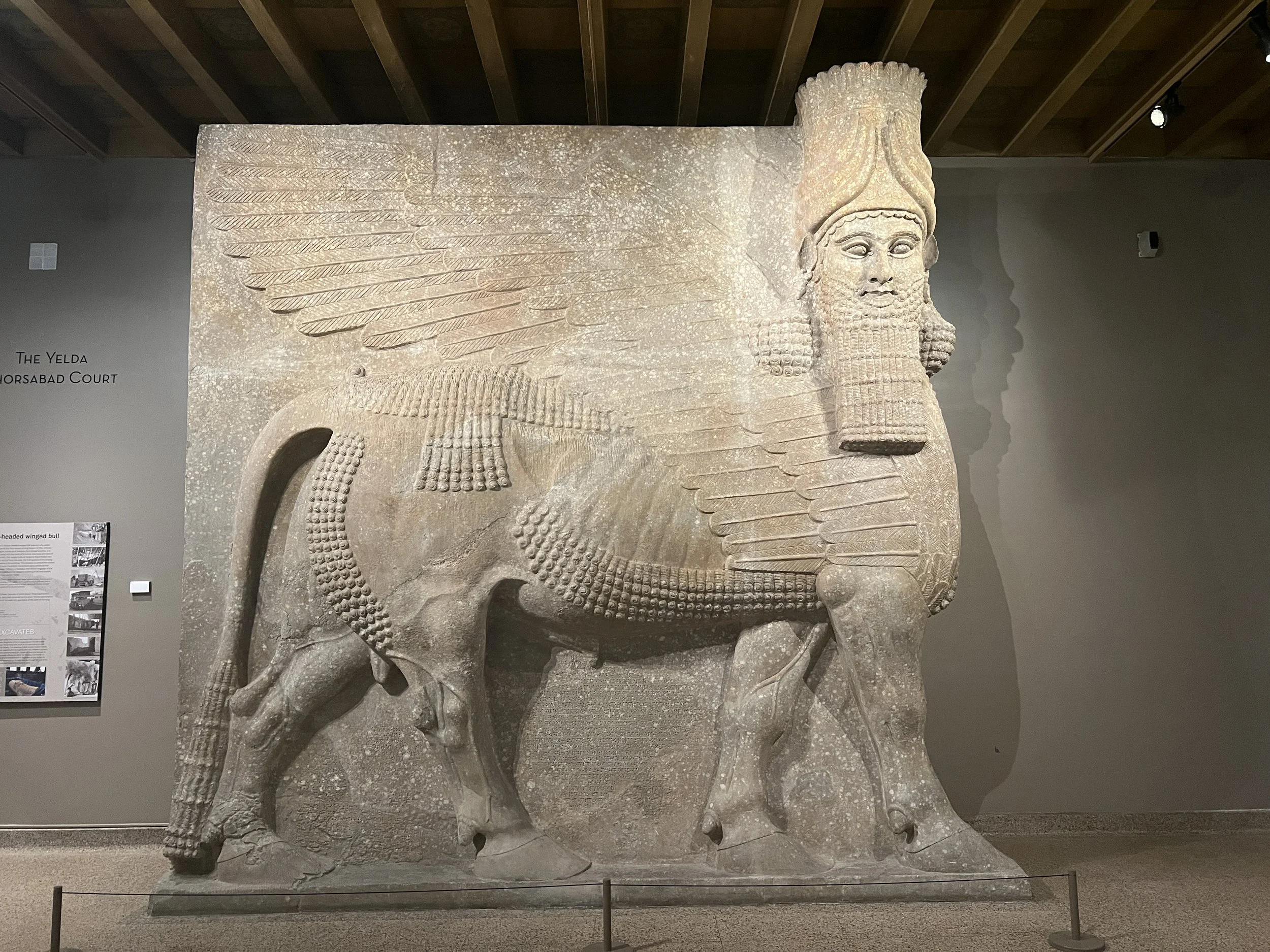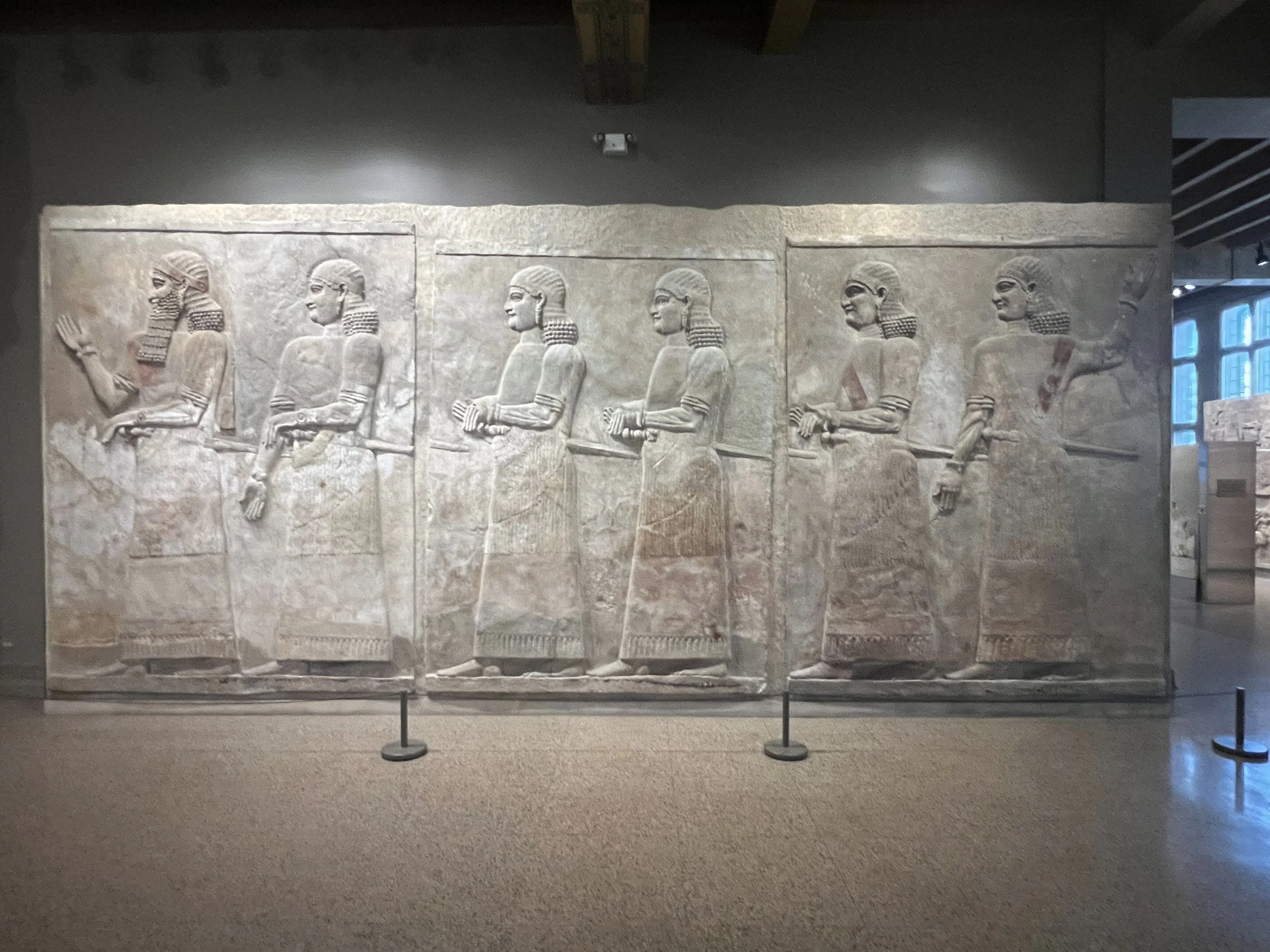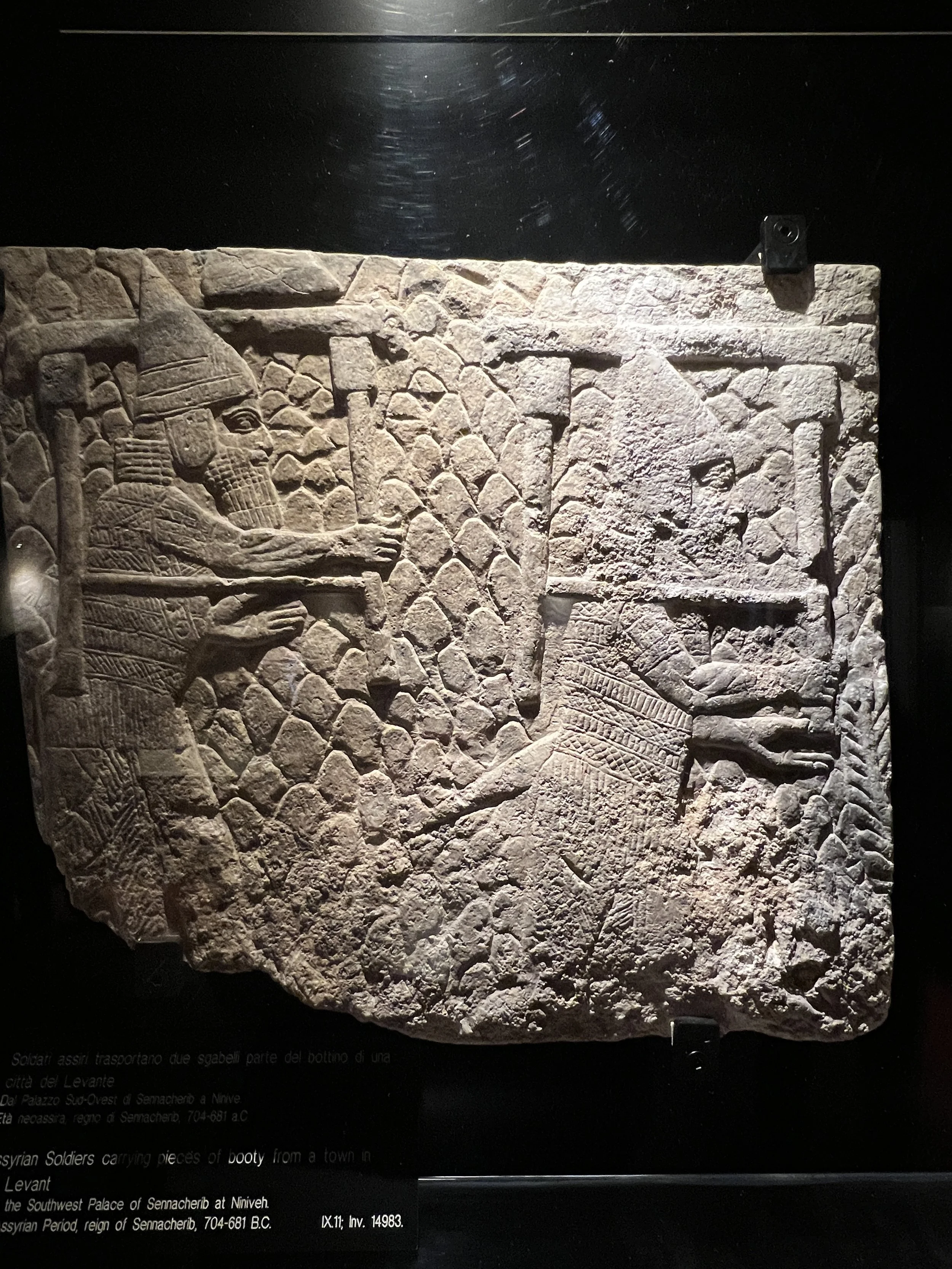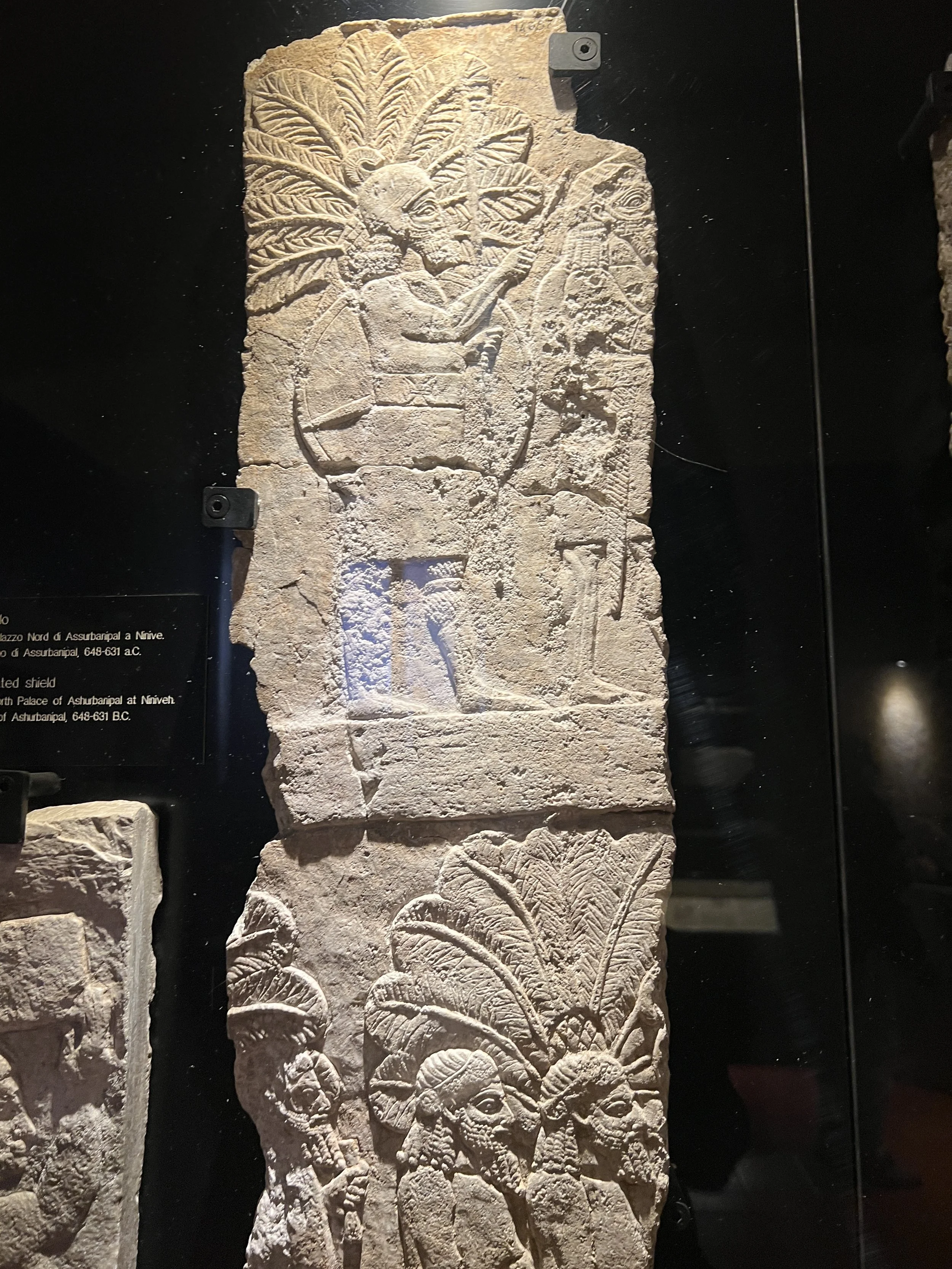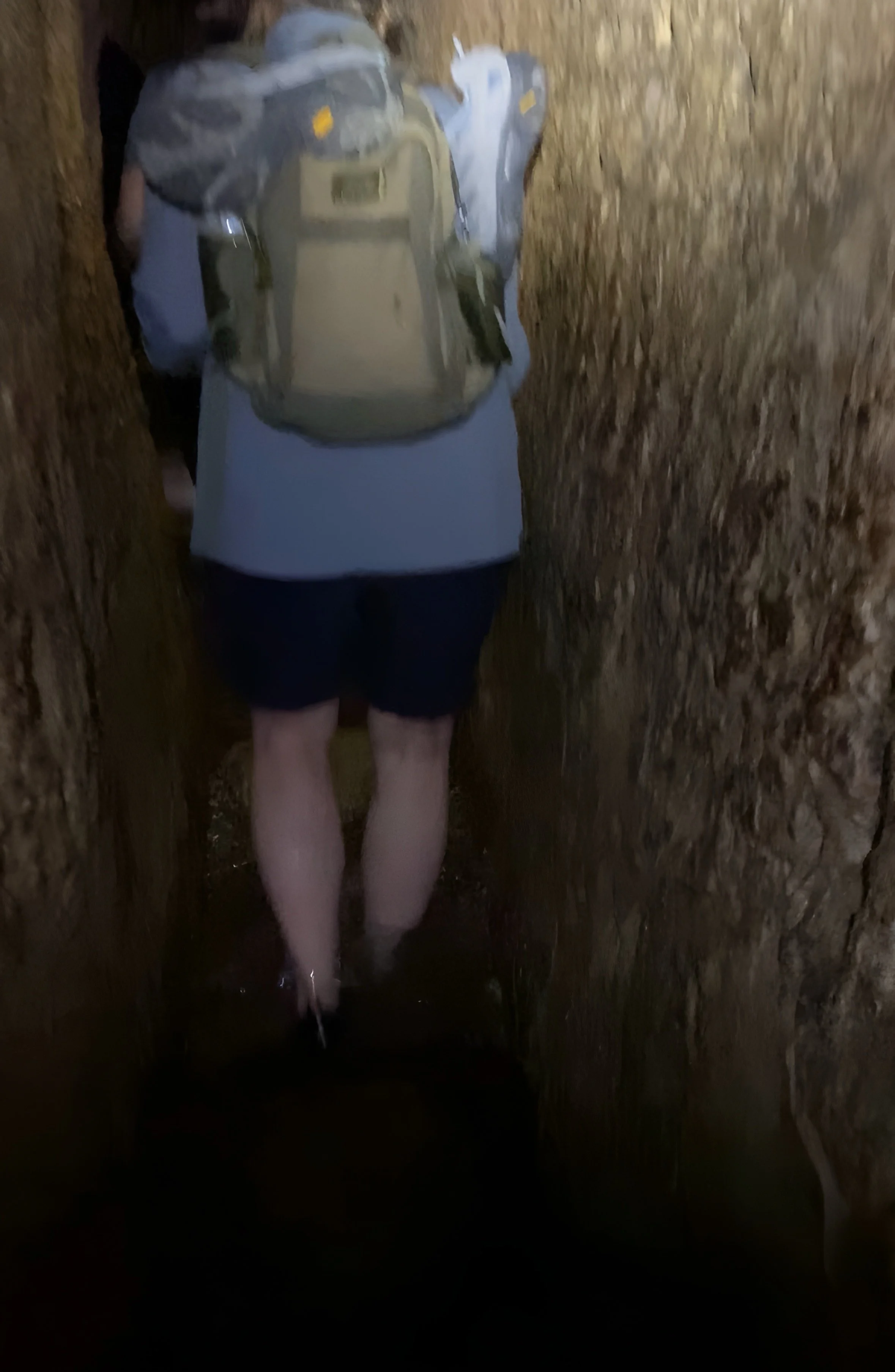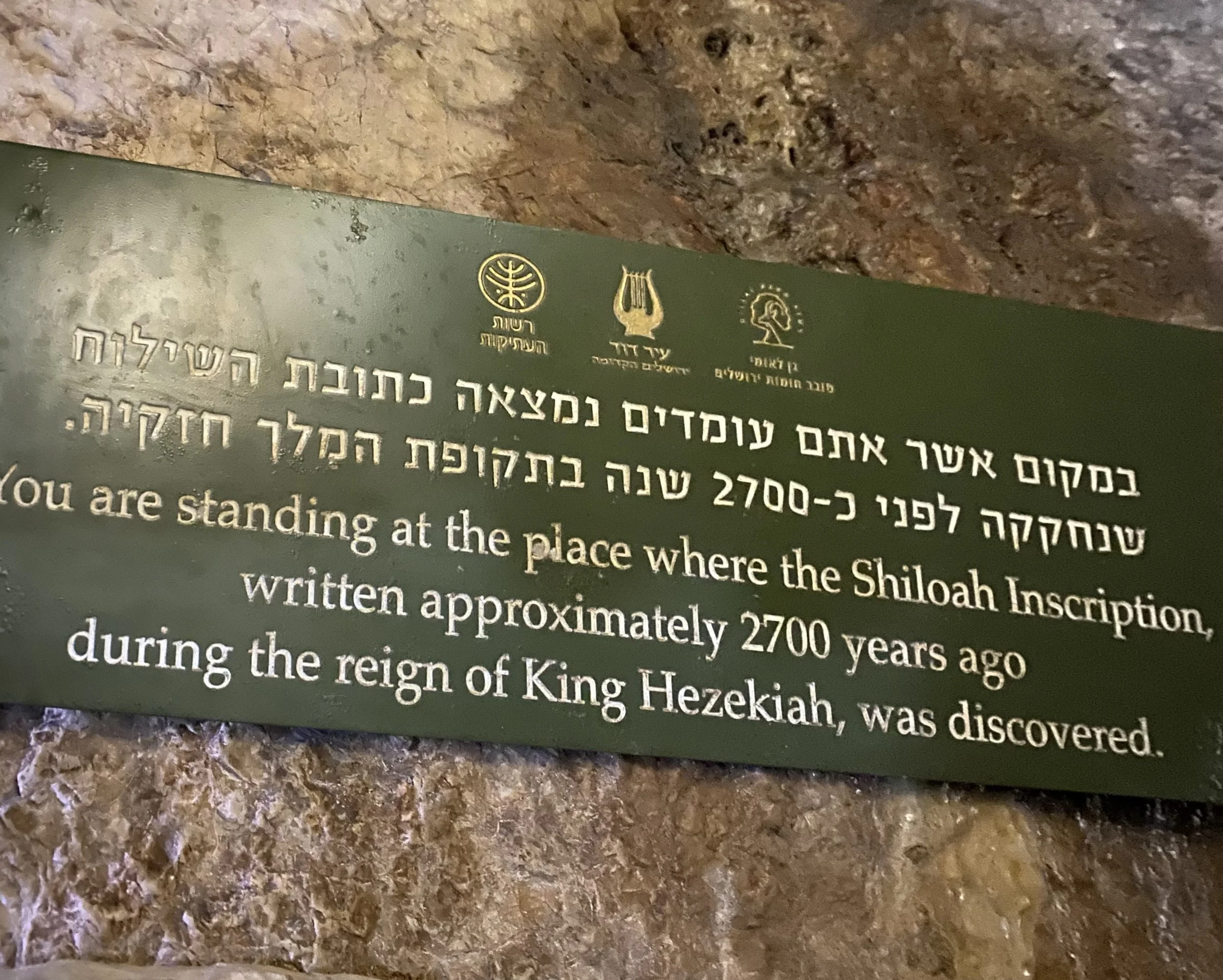Sennacherib’s Prism
“In the fourteenth year of King Hezekiah, Sennacherib king of Assyria came up against all the fortified cities of Judah and took them. And Hezekiah king of Judah sent to the king of Assyria at Lachish, saying, “I have done wrong; withdraw from me. Whatever you impose on me I will bear.” And the king of Assyria required of Hezekiah king of Judah three hundred talents of silver and thirty talents of gold.”
2 Kings 18:13-14
Until the mid-1800s, the Bible’s accounts of the mighty Assyrian Empire and its kings—Tiglath-Pileser, Shalmaneser, Sargon, and Sennacherib—were often dismissed as legend or mythology. That changed dramatically in the 1840s, when British explorer Henry Austin Layard began excavating the ancient site of Nimrud in modern-day Iraq. What he uncovered astonished the world: thousands of cuneiform tablets, magnificent carved wall panels, vast palace ruins, and colossal winged bull statues guarding the entrances to palace halls. The forgotten names of the Assyrian kings, known only from Scripture, were suddenly confirmed in stone and clay. Archaeology had brought to life the world of the Old Testament with incredible detail.
Among the most remarkable discoveries is the Prism of Sennacherib, one of three nearly identical clay prisms that record the Assyrian king’s campaigns—including his invasion of Judah. One of these prisms is housed today at the Institute for the Study of Ancient Cultures at the University of Chicago. On its six inscribed sides, Sennacherib boasts of shutting up Hezekiah, King of Judah, “like a bird in a cage”, and of receiving rich tribute from him. Yet, just as the Bible records, Sennacherib does not claim to have captured Jerusalem itself—unlike the other fortified cities of Judah. The city was spared, but at a great cost.
At Nineveh, Sennacherib’s capital, Layard also unearthed a series of stunning bas-relief panels from the king’s palace, vividly depicting the siege and destruction of Lachish. The details of the Assyrian army’s attack—complete with battering rams and deported captives—perfectly match both the Biblical narrative and the topography of the site, where remnants of the ancient siege ramp can still be seen today.
These discoveries related to the neo Assyrian empire showed skeptics, then and now, that the Old Testament accounts of Assyria are historically accurate. This is just one of many incredible examples brought to light through archeology.
Six sided clay prism with the royal inscription of Sennacherib in Akkadian cuneiform script. Describes the conquest of Judah and the siege of Jerusalem, saying of King Hezekiah that he was “trapped like a bird in a cage”. On display in the ISAC Museum at the University of Chicago.

